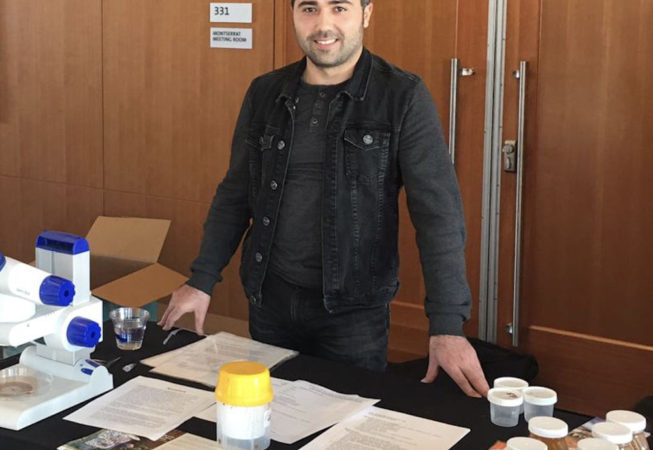Can Carbon Microparticles Solve the Issues Associated with Sublethal Doses of Pesticides?
Honey bees (Apis mellifera) are valuable insect species for pollination that is a matter of vital importance to agricultural crops. They are the most commonly used species to provide pollination services because of the ease of transportation and high abundance during crop bloom. However, pesticides use poses a continual risk to honey bees. Research has demonstrated adverse effects of pesticides on foraging activity. However, these studies require labor intensive observations and introduce human error. We used radiofrequency identification (RFID) system to monitor the effect of sublethal doses of Imidacloprid on individual forager bees by measuring the timespan between hive and feeding station. The experiment included the feeding of a carbon microparticle (CM) in sugar syrup intended to reduce the effects of the neonic on forager bee activity. This study demonstrates that sublethal doses of Imidacloprid led to significant reduction in foraging activity and no significant difference was observed with the inclusion of the carbon microparticle. The RFID- method demonstrates a powerful system for studying effects on forager activity. The study contributes to further information on the foraging behavior under the sublethal doses of Imidacloprid insecticides.
Saffet Sansar

